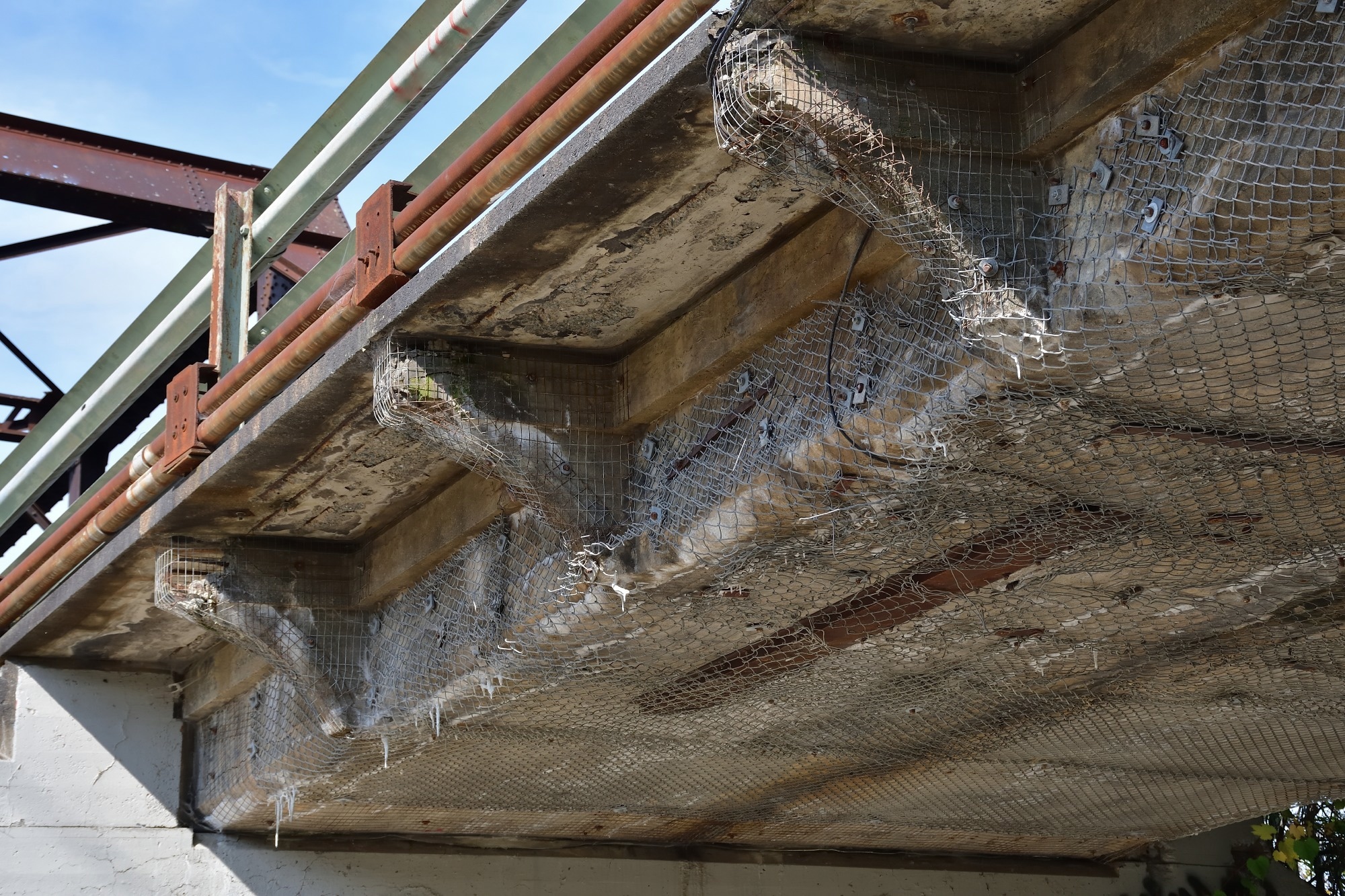 By Nidhi DhullReviewed by Susha Cheriyedath, M.Sc.Oct 1 2024
By Nidhi DhullReviewed by Susha Cheriyedath, M.Sc.Oct 1 2024A recent article published in Buildings demonstrated the use of a deep learning-based intelligent detection algorithm to detect surface diseases in concrete buildings. The YOLO (You Only Look Once) version 8 (v8) Dynamic Plus model was used to study the extent of concrete building distress and decide whether to demolish or maintain it.
 Study: Deep Learning-Based Intelligent Detection Algorithm for Surface Disease in Concrete Buildings. Image Credit: Do Mi Nic/Shutterstock.com
Study: Deep Learning-Based Intelligent Detection Algorithm for Surface Disease in Concrete Buildings. Image Credit: Do Mi Nic/Shutterstock.com
Background
Bridges, an indispensable infrastructure for social development today, suffer different degrees of damage with the passage of time and the impact of natural disasters. Detecting apparent bridge damage allows timely repair of the diseased bridge, ensuring its structural safety and service life.
While traditional bridge disease detection methods can detect cracks and exposed tendons easily with manual approaches, the detection of corrosion, spalling, and weathering is subject to human judgment in these methods. The large amount of data, manual workload, slow detection, and high leakage rate are other limitations of manual bridge disease detection.
Lately, using drone equipment for picture data acquisition and detection has enabled the exploration of deep learning-based detection, such as the YOLO algorithm. Specifically, YOLO transforms the target detection problem into a regression problem. The end-to-end training of the YOLO series on the global network structure reduces localization errors, enabling strong handling of small targets and multi-scale features.
Methods
The YOLO model for bridge disease detection was trained and tested on a Linux server system. CODEBRIM (Concrete Defect Bridge Image Dataset), a 2019 public dataset, was used as the base for bridge concrete defect detection of multi-targeted diseases in machine learning and computer vision.
The utilized dataset contained five bridge defects, including cracks, corrosion, weathering, spalling, and exposed reinforcement, presented through 1022 images and 5354 labeled disease-bounding boxes. Data enhancement on this dataset expanded the sample size, comprising 4096 images with 29,300 labeled real disease boxes.
The migration learning method was employed to load the weights of the pre-trained model, possibly improving the convergence speed while training the network model. Accordingly, the input dataset was randomly split into training and test subsets with a ratio of 9:1. Additionally, 10% of the training subset was designated as the validation subset.
Combining the experimental objectives, dataset characteristics, and computational resources, the network training parameters were chosen as input image size (640 × 640), optimizer (Stochastic Gradient Descent (SGD)), momentum factor (0.8), number of freezes (100), batch size (8 and 16), learning rate (0.001), number of defrosts (200), and total cycles (300). Additionally, recall, average precision (AP), and mean average precision (mAP) were used as evaluation indexes for each disease type.
Results and Discussion
The [email protected] metric revealed the model performance in the target detection task. The region-based convolutional neural network (R-CNN) model performed better in terms of accuracy than the single-shot multibox detector (SSD) model. However, the
The high computation complexity of R-SNN led to a slower speed in real-time detection tasks. Notably, the YOLO model had the maximum accuracy on the CODEBRIM dataset, but the detection time was not the minimum.
In the ablation experiments, training of the following four improved networks was considered: YOLOv8, C2f-DWR-DRB(C2fDD; center-to-field dilated wise residual and dilated reparam block), TADDH (task-aligned dynamic detection head), and P2 (Panasonic Pass). While other networks performed well in the detection of some diseases, the YOLOv8 Dynamic Plus network model was optimal for all five disease detections. Moreover, the [email protected] indicator for this model increased by 7.4 percentage points relative to the original YOLOv8 model.
The F1 confidence and precision-confidence curves of the YOLOv8 Dynamic Plus model were better than those of the YOLOv8 model. Thus, both the recall and precision of the model were optimized over a wider range post-improvement. Notably, the precision values were more convergent for specific diseases like spalling. Thus, the improved model was more reliable and stable when dealing with specific diseases.
The proposed YOLOv8 Dynamic Plus model had lower false detection and leakage rates than the basic YOLOv8 network.
Alternatively, the original model has a higher detection accuracy. Thus, while the improved network could more accurately detect small lesions in bridge structures and decrease the missed detection rate, the small-target bridge diseases might be misjudged or ignored in regular inspection. However, these small diseases could potentially threaten the safety of bridges in the long term.
Conclusion
Overall, the researchers successfully trained the YOLOv8 Dynamic Plus model to effectively reduce the risk of misdetection and leakage in bridge disease detection through parallel small-kernel expansion convolution and structural reparameterization.
Optimizing the model architecture, improving feature extraction power, and employing data enhancement could improve the proposed model's overall disease detection accuracy. However, the model’s confidence scoring strategy should be further refined.
The researchers plan to optimize confidence thresholds and develop methods for reliable and swift detection, which can significantly enhance structural health monitoring and maintenance of critical structures like bridges.
Journal Reference
Gu, J., Pan, Y., & Zhang, J. (2024). Deep Learning-Based Intelligent Detection Algorithm for Surface Disease in Concrete Buildings. Buildings, 14(10). 3058. doi: 10.3390/buildings14103058. https://www.mdpi.com/2075-5309/14/10/3058
Disclaimer: The views expressed here are those of the author expressed in their private capacity and do not necessarily represent the views of AZoM.com Limited T/A AZoNetwork the owner and operator of this website. This disclaimer forms part of the Terms and conditions of use of this website.